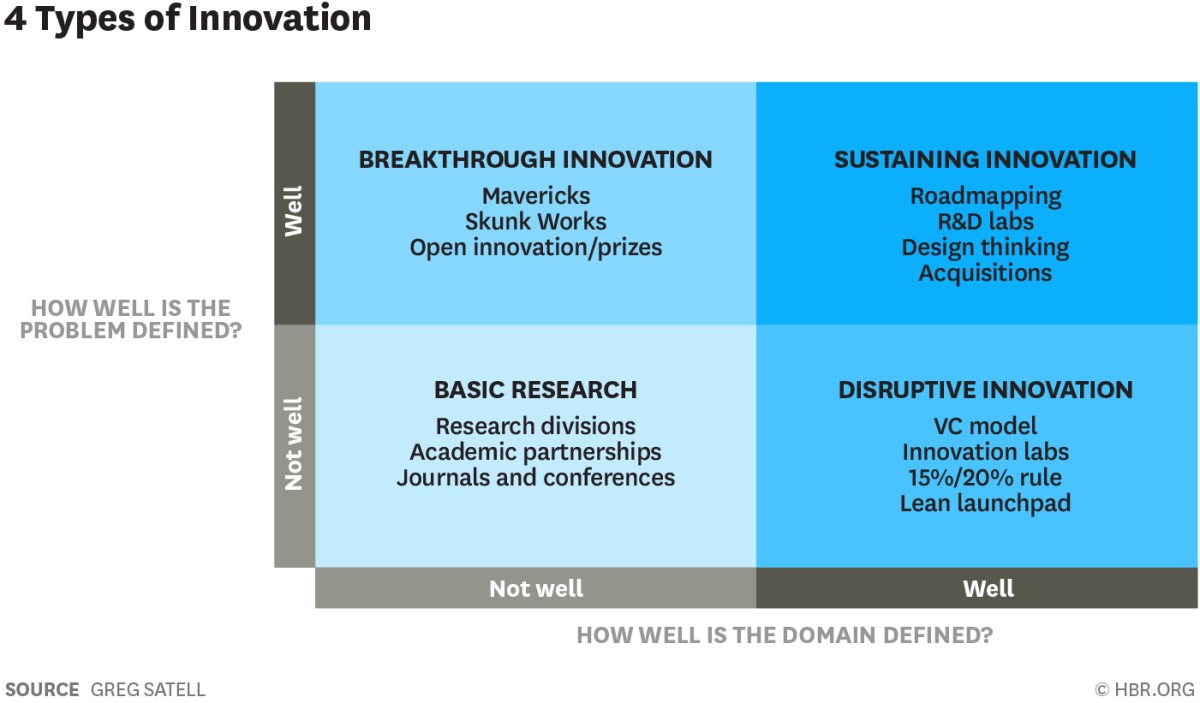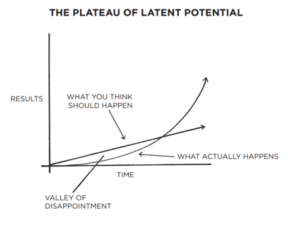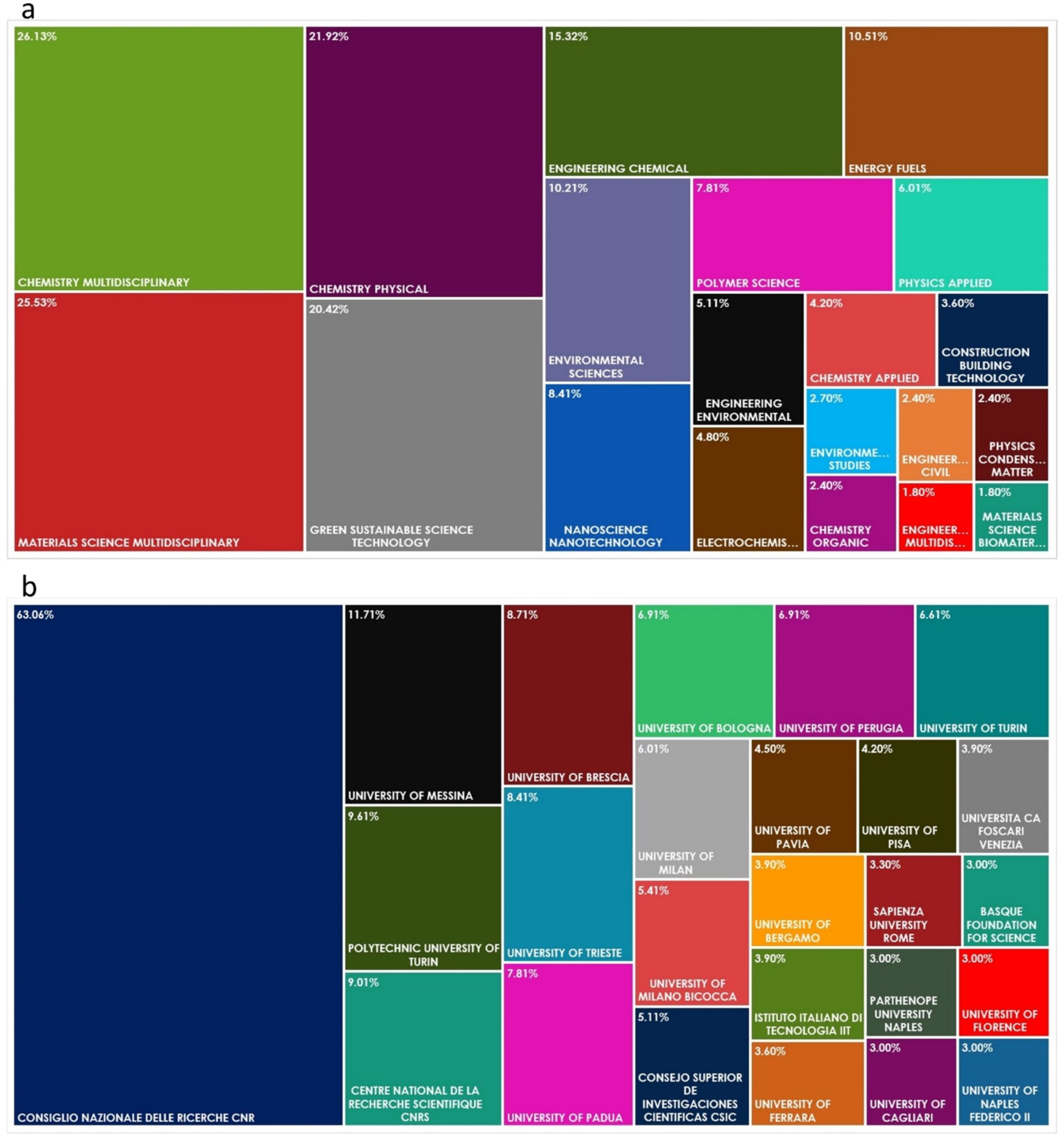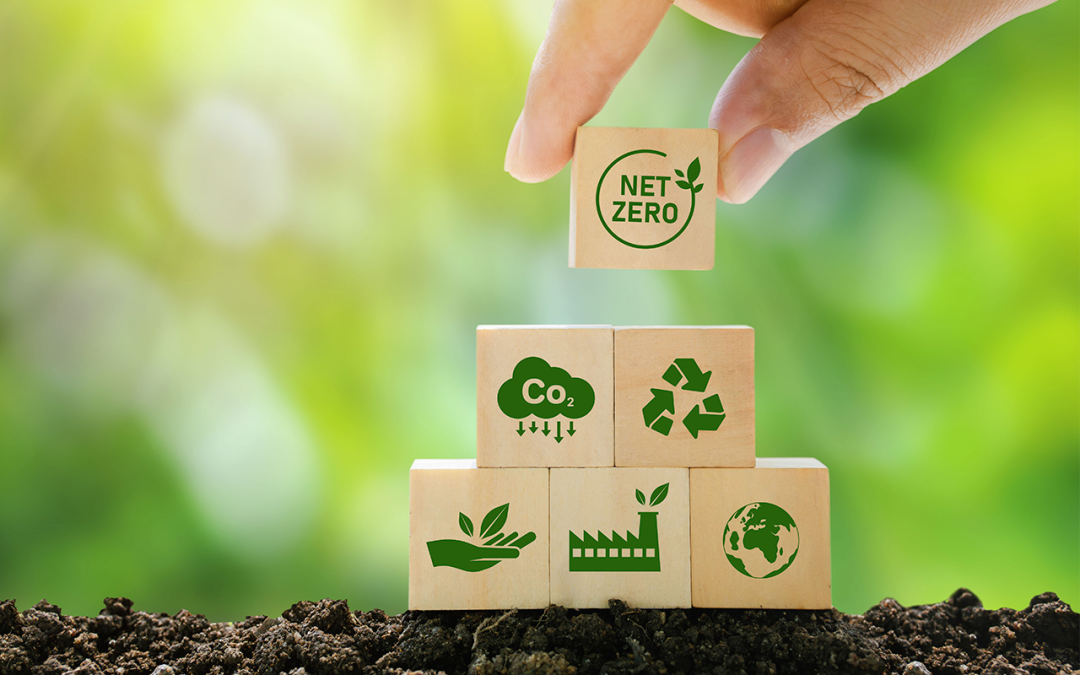The world is changing at a faster and faster pace (at least it feels like it). There are always endless problems to solve, and innovations to offer solutions. How do we manage innovation that solves the targeted problem? As diverse as the problems, there are many paths to innovations, as well. The required capabilities for each problem (matching the innovation tool being chosen) will cover a spectrum of early/basic/fundamental research to applied/sustaining research, or from front-end to back-end innovation. Add a sustainability theme to this, and it adds complexities to the challenges. The field is still growing rapidly, and the playbook/definitions/rules are still being aligned, while progress has to be made in the real world.
I am sharing my experience through my work in the material discovery realm, at the early/basic research stage. Some of the questions related to sustainability-driven innovation that I get typically touch on one or more of these themes:
– What are the good ways to manage innovation in the sustainable materials space?
– What would be a good way to measure agility for innovation management?
My approach will be to understand the context. First, let’s look at the space. We’ll look at the pace after the space is clear. Last, we’ll zoom into sustainability-driven innovation to tie everything together in a defined context.
Space-wise, typically, the problem to solve falls in one of the quadrants described below.
NOTE: The problem definition can be viewed as product/technology/capability in different contexts. The domain definition can be viewed as market/application/category in different companies.
It will basically progress from less challenging – from the upper, right quadrant (Q4: sustaining innovation) – to higher degrees of complexities in the upper, left quadrant (Q2: breakthrough innovation) or lower, right quadrant (Q3: disruptive innovation) – while the basic research (Q1: lower, left quadrant) is not glamorous, it is the toughest one to manage, due to the absence of clarity (hard to setup clear targets or timeline).

Source: https://hbr.org/2017/06/the-4-types-of-innovation-and-the-problems-they-solve
Now, let’s look at the pace. The demand for agility is becoming a buzzword for virtually everything. Innovation is no different seen as a whole. Yet, one proven way to achieve agility in Q2, Q3, and Q4, is to do the due diligence and be patient building the toolbox in Q1! Surprise, surprise, not a shortcut for Innovation!
Combining space and pace views, basic research (or front-end research) is tough, it’s always having to battle a fuzzy, grey area. The milestones and timeline might be fuzzy, as well – otherwise it’d be closer to ‘Development’ rather than ‘Research.’ Yet, this capabilities and platform building is key in delivering agility in Q2, Q3, and Q4 of the innovation quadrants. The stronger the toolbox is, the faster problems can be matched with the right tool(s) to solve them. The key is finding the tools that are relevant for future forecasted needs and finding the patience to overcome the ‘valley of disappointment.’

From ‘Atomic Habits’ by James Clear
Agility manifests from latent potential once the progress is made past the ‘minimum required effort’ point, where the actual learning results outpace the expected (linear) learning pace. This is how agility emerges in innovation, by the efforts and resources invested throughout the valley of disappointment. It’s the leaders’ inspiration that keeps the team together, engaged, and moving forward in making progress (although appearing ‘latent’) – only to ‘burst out’ in an agile way once the team clears the valley of disappointment.
Last, adding sustainability theme to the early/basic research. Sustainability is a rapidly growing topic. The definition, understanding, and regulation are all catching up with the technology itself. How can we manage sustainability-driven innovation?
Sustainable materials, as an example, covers a wide range of disciplines, as shown below:

Sustainable materials categorization from Web of Science Molecules 2021, 26(5), 1407; https://doi.org/10.3390/molecules26051407
The 2030 agenda for sustainable development was designed to achieve the United Nations Sustainable Development Goals (SDGs) balancing three dimensions of sustainable development: economic growth, environmental protection, and social inclusion. There are multiple touchpoints showcasing the opportunities that sustainable materials offer to achieve the SDGs’ fulfillment. There are also barriers to reach these SDGs.
The solutions to big problems require fierce collaborations. Open innovation and establishment of partnerships on sustainable materials may be a winning strategy to achieve the mutual interacting objectives of different SDGs. A partnership, made by an international multi-trans-disciplinary network of experts, is proposed as a vehicle for more suitable resource management.
Opportunities and improvements that sustainable materials can offer for our society include:
- Innovation and market development: increase the use of renewables, shifting business models away from carbon-intensive fuels, support transition to circular economy
- Develop new products with lower health, ecological, and environmental impacts
- Efficiency and cost savings: support materials efficiency strategies
- Risk management: minimize natural resources depletion, adapt flexible technology to accommodate shifting regulation and behavior/preference in material selection and usage
- Emphasize in key critical areas related to sustainable materials: sustainable urbanization strategies, biodiversity preservation, energy and water use, material management (waste minimization/reuse/recycle), and economic and social development.
To summarize: agile innovation, driven by prudent capability-driven platform innovation management, will provide the solutions needed to solve sustainability problems. We are starting the innovation journey while map-making is still in progress…we are embarking on this journey and we are figuring this out together! I look forward to your thoughts and ideas on how we can make the world better through our innovation journey together. Find me on LinkedIn here.
Disclaimer: The views and opinions expressed in this article are those of the author and do not necessarily reflect any particular entities in the past or the current employment status.
Gracy Wingkono has been interested in sustainable material innovation and management since graduate school, and she has been following her heart and mind to grow in the field ever since. She pursued formal training as a chemical engineer (ChE) and sustainable energy and environmental management (SEEM). She found a home in the technology and innovation management field, where her program management and formal training skills intersect. She has been contributing to this multidisciplinary field for the past two decades; as a scientist, orchestrator, and strategist – championing and shaping the work in transformational materials and energy management programs to make impactful progress towards Circular Economy and United Nation Sustainable Development Goals.



Recent Comments